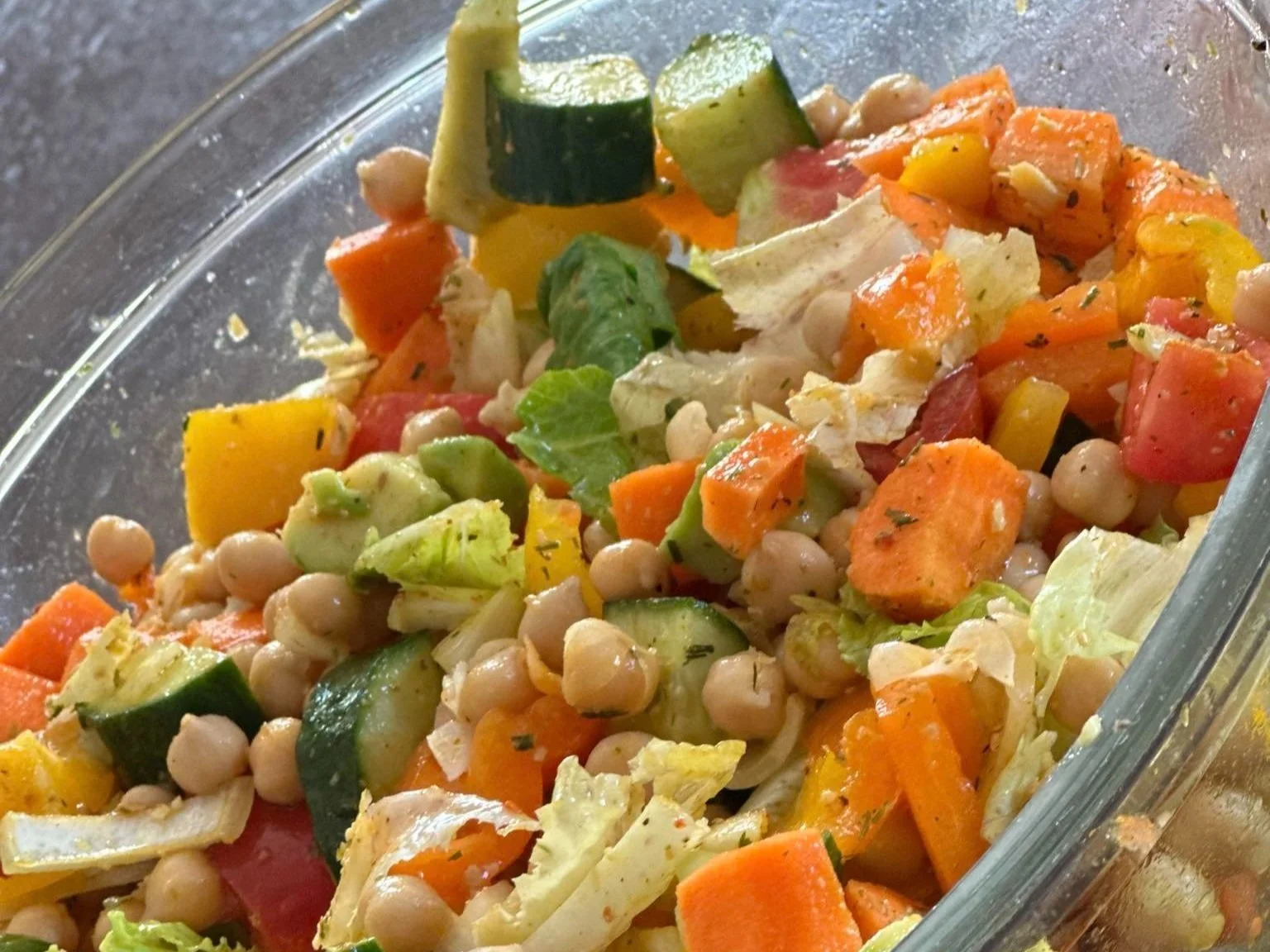#13: If You Need Recipes, Then You’re Doing It Wrong
Lions hunt and eat deer and monkeys forage for fruit, flowers, and insects. If the purpose of nutrition is sustenance, then why do we (humans) need elaborate recipes?
Persons looking to lose or manage their weight often ask me for recipes. It’s a question seldom asked from kitchen newbies. Rather, it comes from veteran chefs; those who spend their livelihoods in the kitchen cooking out of passion.
Don’t get me wrong; a professionally prepared dish is always great, especially when shared with friends and family. But it shows how the purpose (and function) of food is has warped over time. Culinary art, hyper-palatability, and cultural influences have superseded the crucial purpose of eating.
Elaborate dishes are not the answer.
Here in Malta, we live for Imquarrun il-Forn (baked macaroni), Stuffat tal-Fenek (Rabit stew), Torta tal-Lampuki (Lampuki pie), and Timpana (pasta baked in pastry). Tasty as they are, the are often packed with a number of unnecessary ingredients rendering them calorie-dense.
But because we want to lose weight, we continue to seek ‘healthy versions’ of these otherwise unhealthy dishes (amongst many others). We also compare one dish to another and complain about portion sizes, slamming restaurants that don’t meet our unrealistic and arbitrary expectations.
It’s almost as though we’ve created some superhuman standard that has blinded us to simple, healthier solutions.
In truth, various meals can be prepared using the same, structured approach time and again.
How To Create A Meal In Four Steps
Step #1: Keep a salad prepared in your fridge
Before any ‘creating’ is done, you should have a huge bowl of salad or mixed vegetables prepared and stored in your fridge.
Salads are often criticised for being the ‘standard go-to’ for healthy eating (note: they can be made unhealthy too). As a result, they are often stigmatized for being cliché, tasteless, and downright… standard. But it doesn’t have to be the case.
A multi-portion salad made by mixing a variety of Iron Living Approved Foods.
Salads are as convenient as they get when it comes to meal prep. And because they can be so good for you, it makes sense, logically, to have a portion of salad with every plate.
To a bed of leafy greens, you need only add a variety of vegetables of your choice. But if you really want some guidance, just click here.
Some of you reading this may argue that this salad is, in fact, a recipe. But I would counter that mixing a bunch of raw foods with herbs, spices, and extra virgin olive oil is hardly ‘cooking’.
Step #2: Pick a protein of your choice
If you click here, you’ll be redirected to the Iron Living Approved Foods List. There you’ll find a sizeable list of healthy proteins you can include with your meal.
A fillet of salmon can be prepared simply by adding herbs and spices and grilling it.
With your salad prepared, you need only pick your protein of choice. A natural whole food that is lean or low in saturated fat. Some examples are:
Seafood; like salmon, mackerel, anchovies, sardines, herring, and all locally-caught white-fleshed fish.
Poultry; like chicken or turkey breast
Beef; like a fillet steak
Eggs; a couple of eggs (especially if you’re mixing them with egg whites)
Dairy; like cottage cheese or raw sheep/goat milk cheeses
After picking your protein, cook it (roasting and grilling are always a good way to go) with a dash of extra virgin olive oil and any herbs and spices you want.
Step #3: Pick a carbohydrate of your choice
In reading the Iron Living Approved Foods List, your next find should be a whole food, plant-based source of carbohydrate.
Sweet potatoes are a great source of resistant starch, and very versatile too (they can be made into roast potatoes, fries, jacket potatoes and more).
Personal favourites here include:
Fruits (like apples and berries).
Resistant starches (like sweet potatoes or chilled, day-old rice).
Beans and other legumes (chickpeas, lentils).
Homemade sourdough bread.
Step #4: Pick a fat of your choice
After consulting with the Iron Living Approved Foods List, your next find should be a whole food, plant-based source of fat.
Dietary fat from avocado (amongst other plant-based fats) do not impact human health negatively.
Personal favourites here include:
Fruits (like avocado and olives).
Oils (like extra virgin olive oil; but this could be part of your salad in step #1).
Nuts and seeds (walnuts and flaxseeds).
If the protein source you selected in step #2 is animal-based and higher in dietary fat, then you can omit this step.
The Possibilities Are Endless
Rather than relying on recipes you need to follow to the letter, now you have the tools to create food in the form of actual sustenance every day.
Your assembled plate could look something like this:
Grilled salmon, roasted Maltese potatoes and a dollop of pre-prepared salad.
In place of salmon, you could have chicken breast, a couple of eggs, a nice clean fillet steak, or tofu (if you prefer vegan options). And in place of potatoes, you could have sweet potatoes, homemade sourdough bread, fruit, or white rice (ideally day-old).







